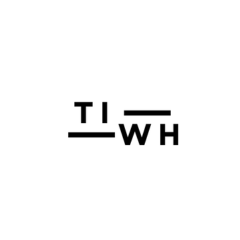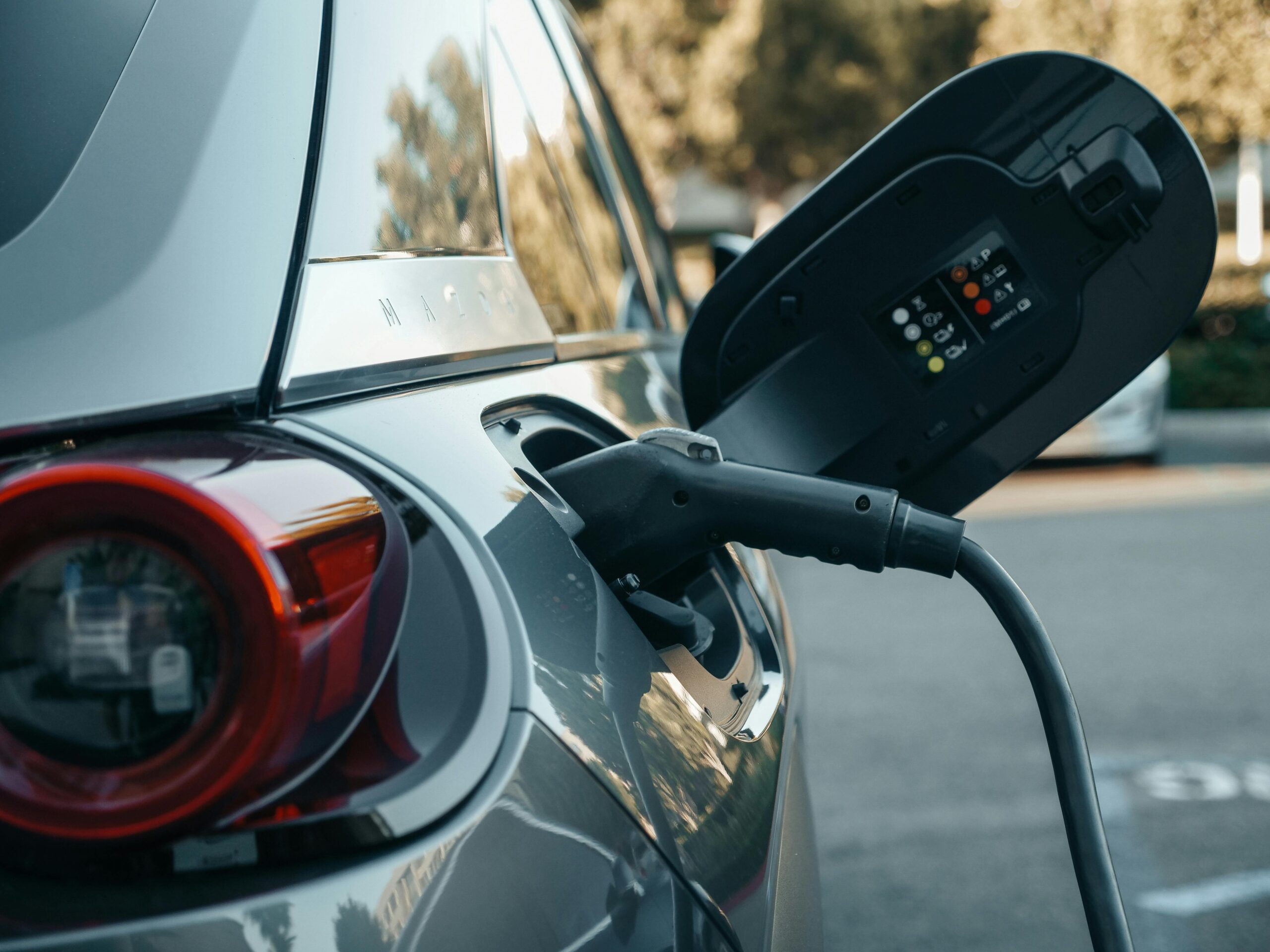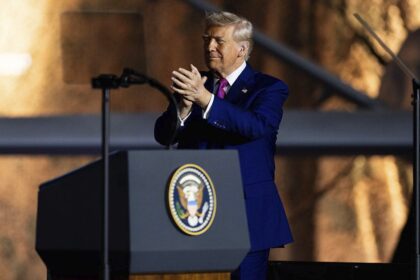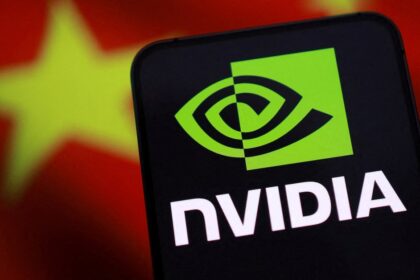General Motors Battery Strategy Just Got Its Final Ingredient: Cheap, Iron-Filled, and Coming in Hot. According to Wired, GM is officially tripling down on its EV battery plan, and this third act might be the one that brings EV prices way down.
They just announced it will start producing lithium iron phosphate (LFP) batteries at its Spring Hill, Tennessee, plant in 2027. Why does that matter? Because LFP batteries are cheaper, more stable, and perfect for everyday electric cars, like the revamped Chevy Bolt EV, which is expected to launch soon. This new battery line will be run by Ultium Cells, GM’s joint venture with LG Energy Solution. And while it won’t be ready until late 2027, GM’s not waiting around. It’ll start by importing LFP cells from LG’s other factories, possibly in South Korea, to power the next-gen Bolt, starting production this year.
Until now, GM has relied heavily on nickel-manganese-cobalt-aluminum (NMCA) batteries, great for energy but expensive. And earlier this year, GM revealed a second chemistry: lithium manganese-rich (LMR) cells, which promise more power than LFP at a similar cost. LMR will show up in the late-2020s, likely powering GM’s biggest EVs like trucks and full-size SUVs.
Related: SpaceX dropped $2Billion on xAI. Musk’s AI play is no longer just talk.
So, why three different battery types? Kurt Kelty, GM’s new battery guru (and a former Tesla and Panasonic exec), says it is about flexibility and savings. Use the priciest, most energy-dense cells where you need them, like big trucks, and save costs on smaller EVs with more affordable LFP packs.
It is also a sign that GM is learning from past delays. The rollout of Ultium-based EVs got pushed back 12 to 18 months due to battery module issues, but sales are now picking up steadily. There is also some juicy battery drama in the background. LFP battery tech is mostly owned by Chinese firms, which have created licensing headaches for Ford as it builds its LFP plant in Michigan. But GM says its LFP cells, made with LG, are free of any Chinese-owned intellectual property. That’s a big deal in an industry that’s trying to localize EV production without stepping on geopolitical landmines.
Ford is also planning to use LMR cells eventually. This was mentioned in a LinkedIn post, but GM has locked in 2028 as its official start date for full LMR production. With all these in play, GM’s battery game now has range (pun intended). It is not one-size-fits-all anymore; it is smart, strategic, and maybe finally affordable. Three battery chemistries, one clear goal: make EVs affordable without cutting corners. But with Ford playing catch-up and Chinese IP looming, the real question is, can GM keep its EV edge while the competition scrambles for the charger?







